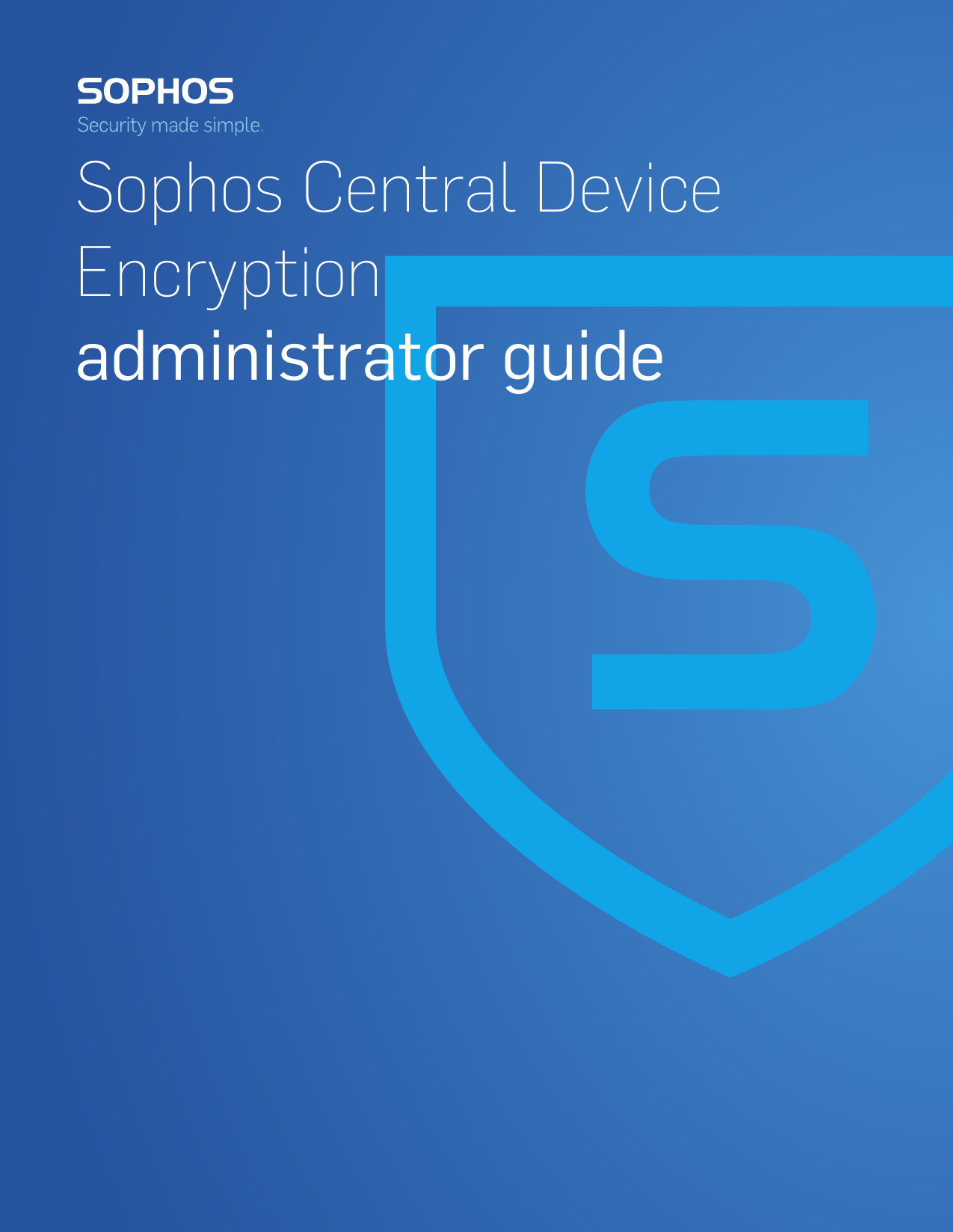

The definition gradually expanded to encompass other modes of code injection, including persistent and non-JavaScript vectors (including ActiveX, Java, VBScript, Flash, or even HTML scripts), causing some confusion to newcomers to the field of information security. The expression "cross-site scripting" originally referred to the act of loading the attacked, third-party web application from an unrelated attack-site, in a manner that executes a fragment of JavaScript prepared by the attacker in the security context of the targeted domain (taking advantage of a reflected or non-persistent XSS vulnerability).


Microsoft security-engineers introduced the term "cross-site scripting" in January 2000. Cross-site scripting attacks are a case of code injection. By finding ways of injecting malicious scripts into web pages, an attacker can gain elevated access-privileges to sensitive page content, to session cookies, and to a variety of other information maintained by the browser on behalf of the user. When the resulting combined content arrives at the client-side web browser, it has all been delivered from the trusted source, and thus operates under the permissions granted to that system. Exploiting one of these, attackers fold malicious content into the content being delivered from the compromised site. Ĭross-site scripting attacks use known vulnerabilities in web-based applications, their servers, or the plug-in systems on which they rely. Content from URLs where any of these three attributes are different will have to be granted permissions separately. This essentially states that if content from one site (such as ) is granted permission to access resources (like cookies etc.) on a web browser, then content from any URL with the same (1) URI scheme, (2) host name, and (3) port number will share these permissions. Security on the web depends on a variety of mechanisms, including an underlying concept of trust known as the same-origin policy. 4.2 Safely validating untrusted HTML input.4.1 Contextual output encoding/escaping of string input.2.3 Server-side versus DOM-based vulnerabilities.Security information and event management (SIEM).Host-based intrusion detection system (HIDS).


 0 kommentar(er)
0 kommentar(er)
